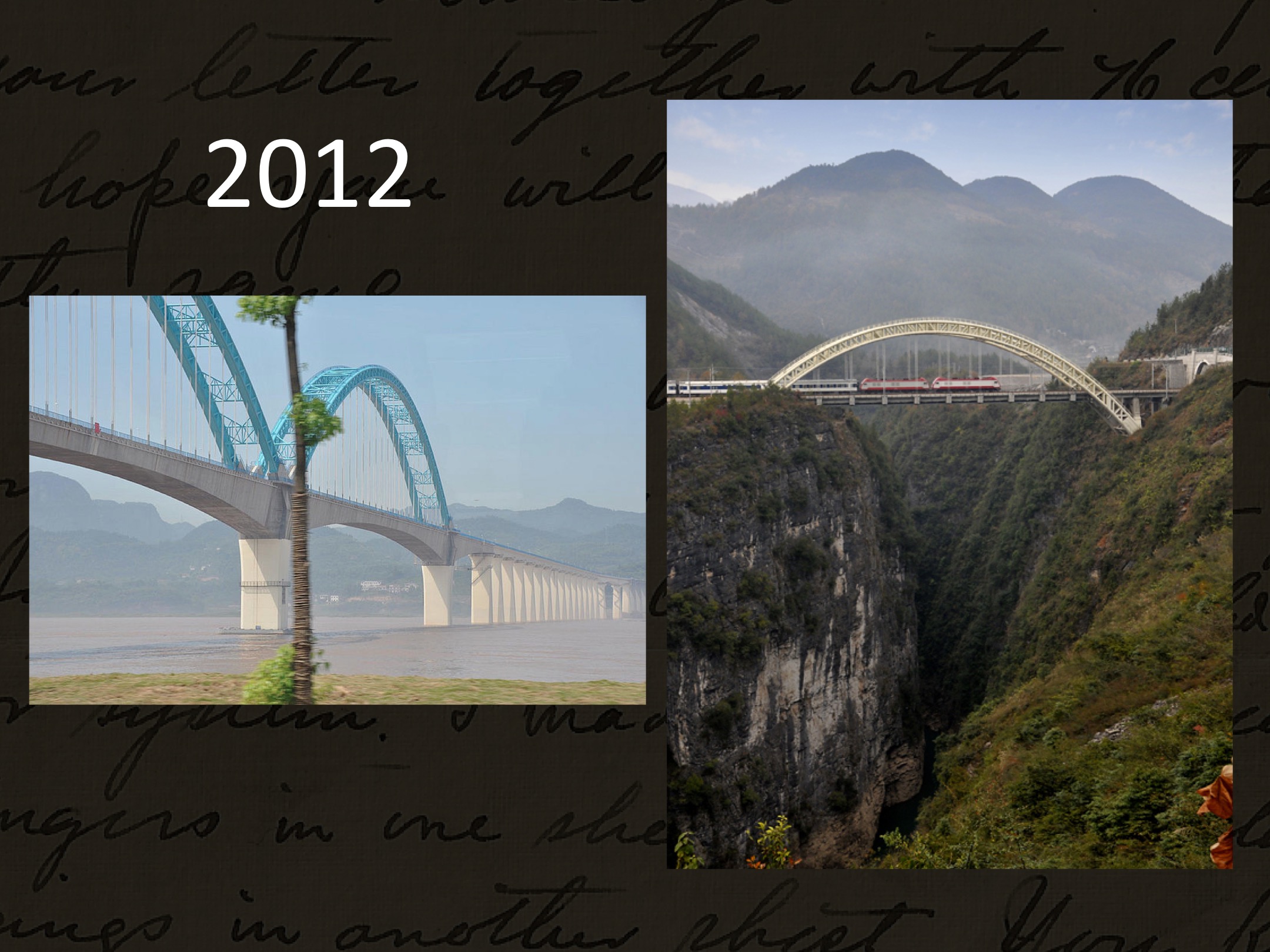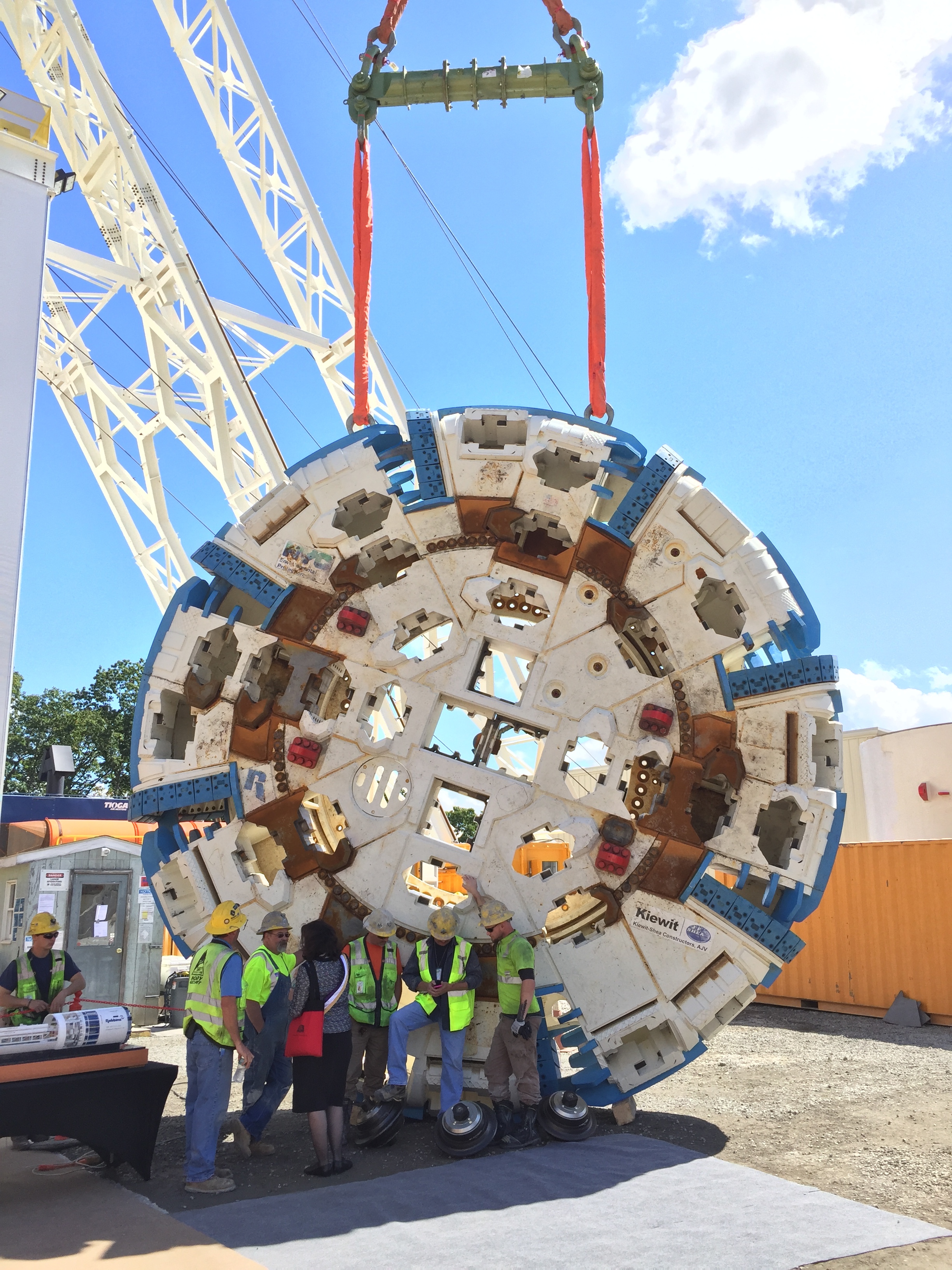My Dear Miss Blatch
A filmmaker’s discovery of his great grandmother’s century-old letters inspires a journey to China to find the missing half of the conversation. My Dear Miss Blatch is a feature length documentary currently in development, and was awarded by a US Department of State Fulbright Scholarship to China in the field of history.
In this scene select, Eric (filmmaker) tracks down his great grandmother’s classmate’s grandson (Zhonghua) on the outskirts of Guangzhou, the largest megacity in the world. Together with a local historian, they explore the Hu family’s deteriorating home and archives. While proud of the intergenerational legacy that he inherited, Zhonghua, now 80 years old, faces a crossroads as he is no longer able to carry the torch himself.













